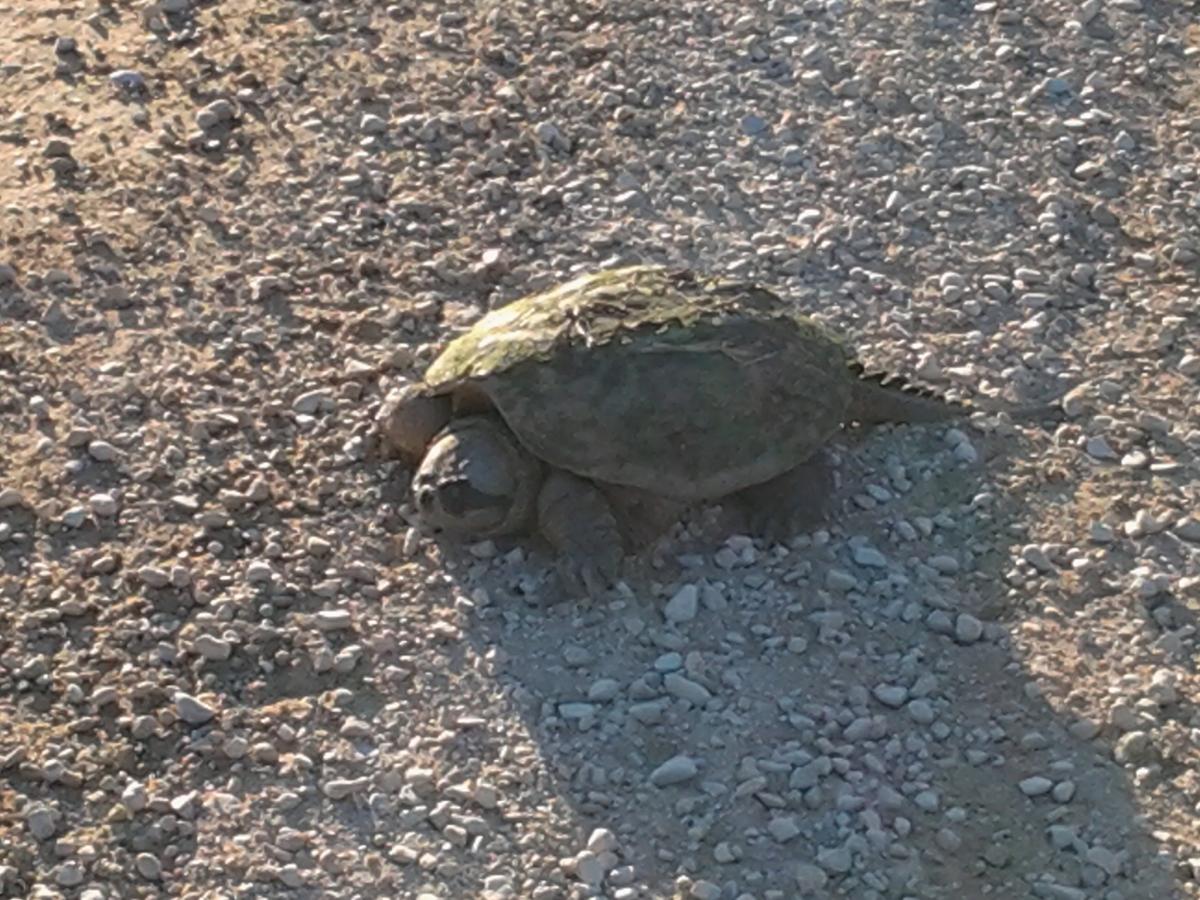
The less pleasing an animal may be to some, the more we can learn from them (and of ourselves). Think of Crows, Rodents, Bees, Bats, Spiders and rather unfriendly Snapping Turtles even, being just a few examples of all the interesting “unpopular animals”. Consider . . .
- travelling Turtles and their somewhat awkward terrestrial forms that overcome monumental challenges;
- Bats, Spiders and other beneficial creatures help to prevent certain insect Armageddon;
- or, the reassuring hum of the Bees that help to feed us (people are slowly learning);
- while many Rodents are curious, crafty, hard little workers;
- and, with impressive loyalty and intelligence – comparing quite favourably to many people! - Crows teach, play, and even carefully contemplate.
They’re stories can inspire, and engage us to look deeper, to consider more than ourselves, or appearances, and quite simply, to go beyond our lazy opinions. Every animal has interesting characteristics and highly specialized skills - absolute professionals one could argue - while many had bestowed upon them an understanding and respect by cultures that came long before us.
Think of the myriad characters out there in the elements, always giving it their best, altogether to form this rich tapestry available for our curiosity and enrichment. Through lives of discipline and monotony, these ‘little heroes’ display a work ethic, the simplest of contentment, and an absence of self-pity we can all aspire to. And, their drama surpasses that of the trivial nature comprising most of our daily concerns “for what is at stake is life itself” [Ernest Thompson Seton]. Despite an almost certain tragic end that looms over them, the higher forms clearly bring personality and exuberance to each day, each moment they survive. If ever we were to arouse the curiosity or trusting friendship [and refreshing company] from any of these role models in the wild, it should be considered a great compliment!
Perhaps with a little patience and empathy [if only merely to let them alone], we can learn to discover, even accommodate the collage of wildlife that passes through our lives. There is this ‘quiet’ encouragement and subtle beauty all around us, if we could only find it in ourselves to notice this humble structure of nature.
Empathy and humility reveal our greatest strengths and intelligence. Whenever we lose our way, nature is always there to give us perspective.
